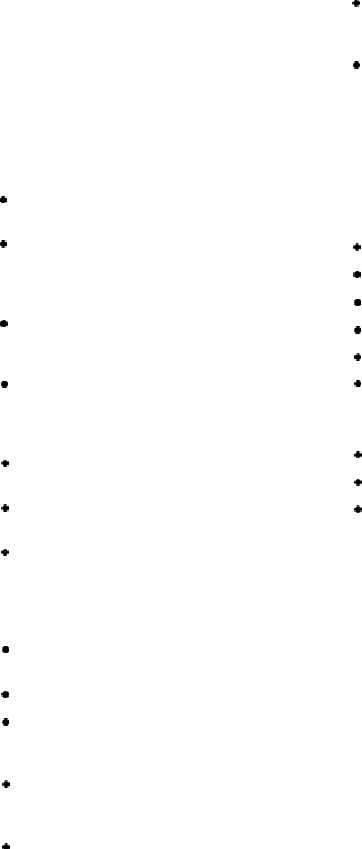Individuals in the Navy should have already passed
these tests. Completing a training program for
familiarization, safety, and operation is also required
before receiving an operator’s permit.
Forklift Safety
The following safety rules are applicable to forklift
truck operations:
l
l
l
l
l
l
l
l
l
l
l
l
Forklift truck operators must slow down at cross
aisles and passageways.
When entering or leaving a building, the operator
must come to a complete stop at the entrance,
sound the horn, and proceed only when the way
is clear.
Under all conditions, the forklift truck must be
operated at a speed that will permit it to be
brought to a stop in a safe manner.
When traveling, the forks must be raised not
more than 4 inches above the deck. When
parked, the forks must be lowered to rest on the
deck.
Forklift trucks must not be used to bump or push
the stacks to straighten them out.
The maximum load capacity of the forklift truck
must not be exceeded.
Drive the forklift truck forward when
transporting a load up ramps and backward when
transporting a load down ramps. The mast of the
forklift truck must be tilted backward when
transporting a load.
Use a safety pallet when lifting of personnel is
authorized.
Personnel are not allowed to ride on the forks.
When parking, the operator must ensure parking
brakes are set and the forklift truck will not
move.
The operators must not cut corners when
traveling. This practice may result in upset
loads, damaged goods, or injury to personnel.
When using a bridge plate, it must be secured in
position to prevent slipping, and strong enough
to support the weight of the forklift truck and
load.
l
l
Operators must not attempt to repair forklift
trucks. The supervisor must be notified to get a
qualified person to repair the vehicle.
Forklift trucks must be equipped with overhead
guards, and operators must wear hard hats.
Fundamental Operational Instructions
The trainee should learn the different controls,
preventive maintenance, warehousing procedures,
stacking methods, and safety rules pertaining to forklift
trucks. Before using the MHE, the trainee should be
instructed to check the following:
l
l
l
l
l
l
Fuel
Water or coolant
Oil level
Tires (pressure and excessive wear)
Fire extinguisher (if installed)
Forks (to ensure they are secured)
After mounting the forklift truck, have the trainee
check the following:
l
l
l
Horn
Brakes (both parking and foot)
Position of gear shift lever (should be in neutral)
After successfully completing the fundamental
operating instructions, the instructor should
demonstrate the proper operation of the MHE. The
instructor should show the trainee how to drive the
MHE to go forward and backward. The trainee should
be cautioned against driving with the foot resting on the
clutch pedal.
“Riding the clutch” results in loss of
tension in the clutch springs, allowing the clutch to slip,
thereby causing excessive wear. The instructor must
explain to the trainee that the forks should be raised high
enough for safe clearance, yet low enough to permit a
clear view ahead when traveling with or without a load.
If the load obstructs the operator’s forward view, the
operator should drive the MHE in reverse.
After completing the instructions above, the trainee
may be allowed to practice driving. The trainee should
drive the MHE forward and backward. Next, let the
trainee drive in circles and figure eights using reduced
speed.
After completing the basic maneuvers, the
instructor may let the trainee drive through an obstacle
2-28



